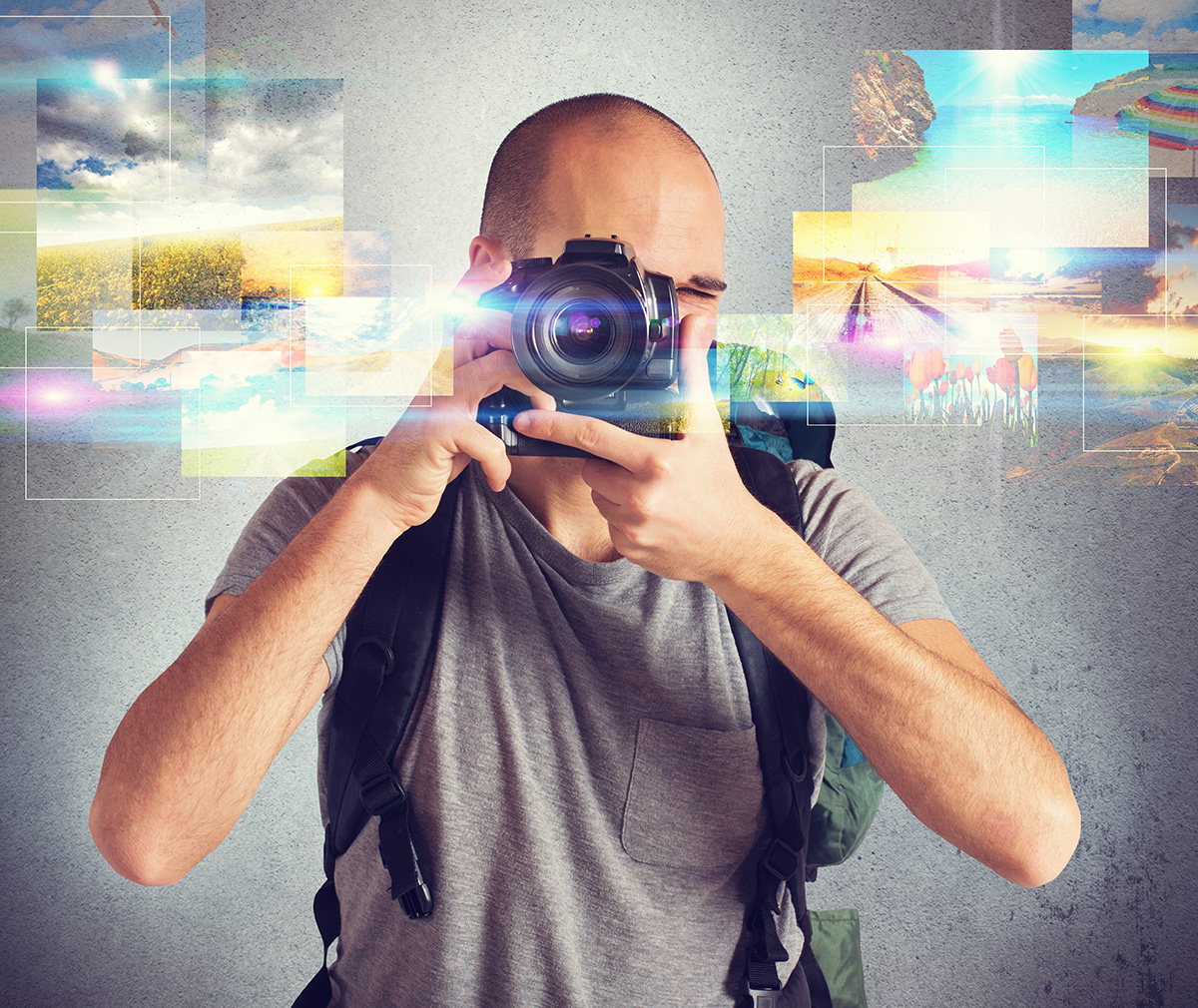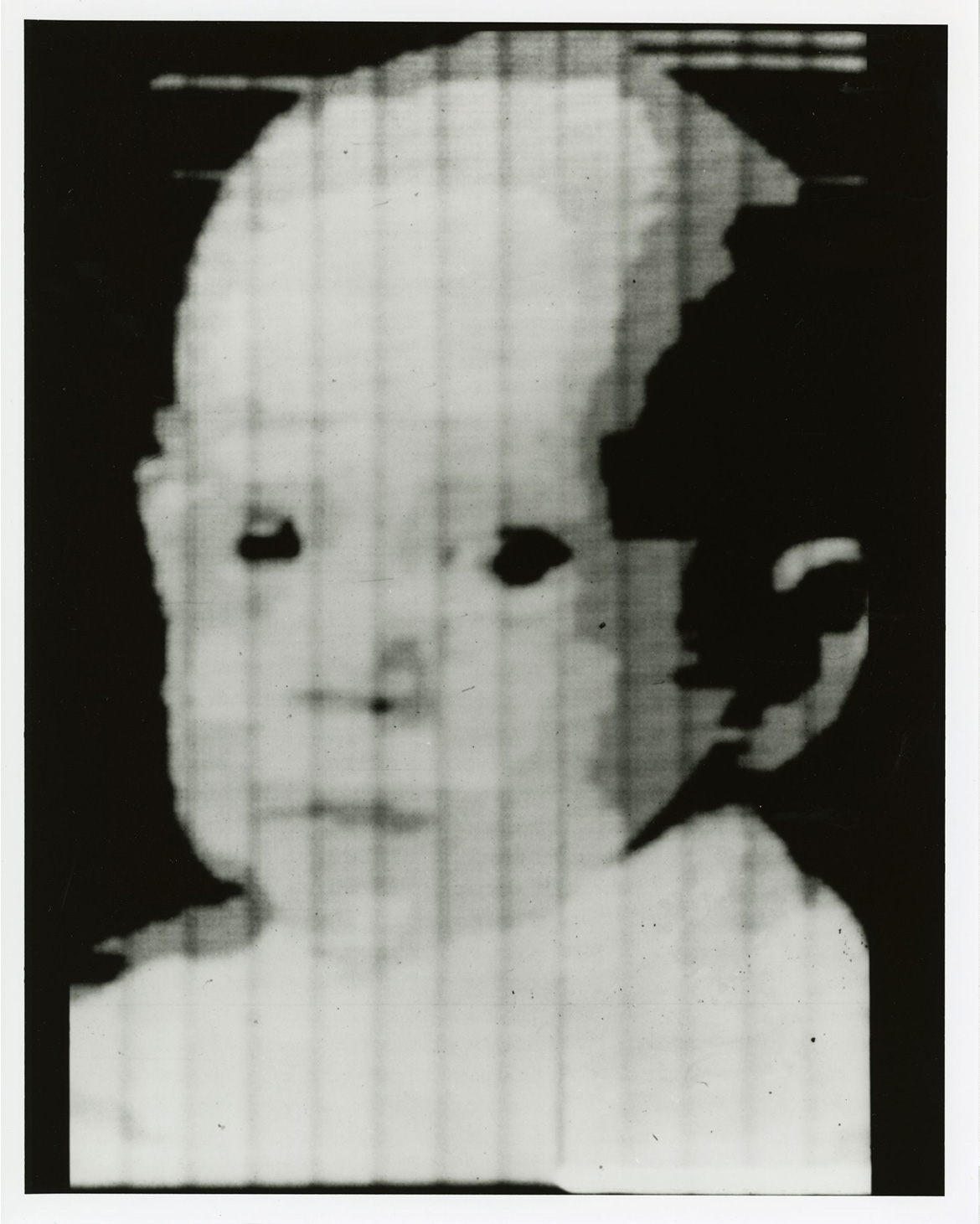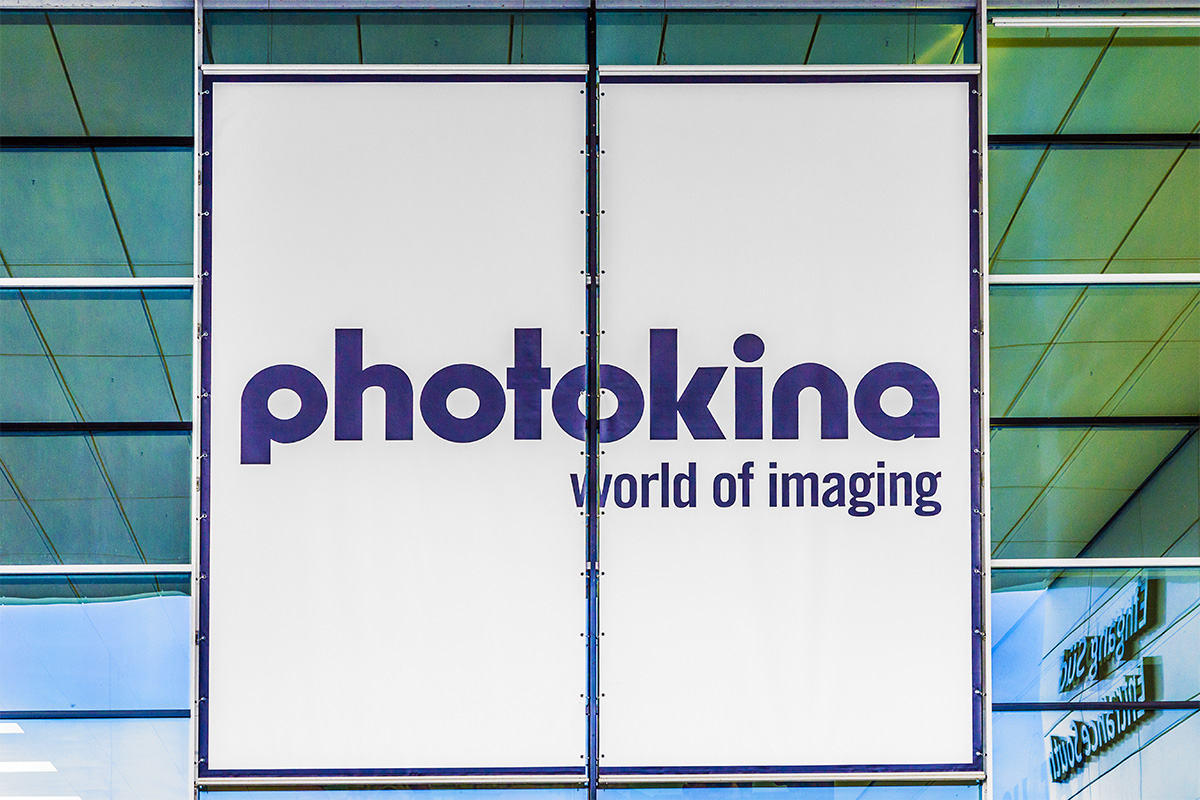
The History of Photography - Part 7:
Digitalisation of Photography
Digital photography is something most people take for granted nowadays. Just snap a quick photo and in no time at all you can see it on the integrated screen on your device. If you don't like it, you can immediately delete it and try again. There was actually once a time, however, when being able to do something like this would be unthinkable. In the 7th part of our series “The History of Photography,” you’ll read about how digitalisation entered the world of photography: from the first image to the newest technology today.
Making the Impossible Possible
With the emergence of the television in the first third of the 20th century, the public became aware of the fact that it was possible to electronically transmit images and to project them onto television sets in homes. Why shouldn’t the same be possible with a camera? The biggest problem here was especially the digital storage of the images, which was not possible at that point in time. A few more years would have to pass before this technical problem could be solved.

The American engineer Russell A. Kirsch succeeded in developing the first digital scanner in 1957. He used this to scan a baby photo of his son Walden. Another American engineer, Steven J. Sasson, developed Kirsch’s idea further in the early 70’s. The foundation for the first digital camera was laid.
Digitalisation Progresses
In 1975, Steven Sasson created a camera for Kodak that is seen today as the precursor to the digital camera. Since the portable all electronic still camera digitalised the analogue signal from the CCD sensor onto an external magnetic tape, the camera should be seen as more of a prototype. The potential of the camera, however, was not recognised at the time, which is why the camera gained in fame in retrospect. In 1981, Sony introduced the Mavica camera, which, thanks to its commercial success, is commonly seen as the original digital camera. In all actuality, however, this honour should really be given to the prototype developed by Steven Sasson.
In the US, large companies like Canon, Nokia, and Fuji jumped on the digitalisation bandwagon and have been working to develop their cameras further ever since. In Europe, on the other hand, interest in this technology did not spark as quickly.
A Big Step into the Future
After its many predecessors, the first real digital camera was finally introduced to the world in 1991. The company Dycam exhibited the digital camera, called the Model 1, at the CeBIT computer expo. The technical press was largely impressed by this innovation even though the camera performed weakly when compared to today’s standards; the shooting mode was only black and white and the resolution was dismal with its 376x284 pixels. Noteworthy, however, was its light-sensitive CCD sensor and its integrated storage module, which made it possible to directly transfer the photos to a computer. This was a huge milestone for the technology of the time. One year later, all the large companies presented their own prototypes at the Photokina. Besides the classic camera manufacturers like Kodak and Rollei, video giants Sony and Leaf were also present. Everyone wanted a piece of this very promising “digital imaging pie.” The Photokina reacted to this trend and thus the motto of the 1994 expo was “digital total” - unaware that this motto would come to describe our time more accurately than any others.

Digitalisation Everywhere
In the same year the German-speaking part of the world finally jumped on the bandwagon of digital photography. Vogelsänger-Studios, known throughout Europe for its high quality standards in the area of interior photography, announced its use of digital cameras. Since a market leader publicly announced that they were using this technology, other companies quickly took notice. With a high price tag of 1,500 Euros, the models were very expensive, which is why they were rarely used for private purposes. It was therefore quite easy to keep an overview of the customer base in the early years. Due to this, photography experts made the following prediction at the time:
“Digital photography will become relevant for the everyday user when large retail chains start selling easy-to-use digital cameras as a bulk commodity. At the same time, the world of photography also needs to offer the consumer the possibility of developing electronic images on cost-effective film paper - and this, in all probability, will not happen for quite some time.”
At this point in time, no one could guess that only around 20 years later, digitalisation would have become an integral part of our daily lives. Just in the year 2015 alone, digital camera sales reached a whopping 1.09 billion Euros. This doesn’t even include smartphones, video cameras, or other digital media. Digitalisation continues to steadily spread and almost everything nowadays is digitalised in some way, shape, or form. You’ll learn how far exactly this has spread in the mobile phone industry in the next part of our series.
